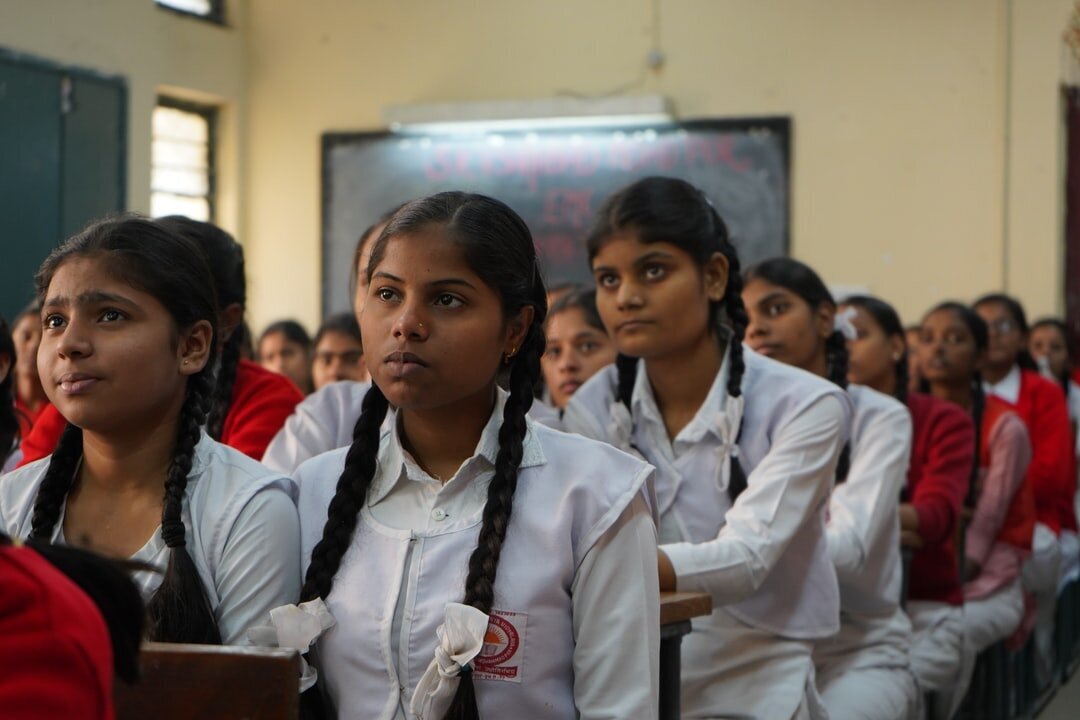Residential Education for Disadvantaged Girls in India: An Alternate Field?
Educational spaces promise the hope of a more progressive society, in which individual experiences and outcomes are freed from socio-cultural and economic backgrounds. They are often hoped to be ‘liberating’, imagined as potential ‘interventionist tool(s)’, for ‘removal of disparities’, and as tools for ‘political awareness and transformation’.
Residential schools take a step further as they physically separate students from their social origins, bringing them into new shared spaces that they co-inhabit with others, under greater supervision. This article probes one such effort in the context of a large, national-level programme that, in its stated objective and design, seeks to challenge norms that are informed by one’s caste and gender.
As spaces, separated from the society and governed by the state, societal disparities are often believed to be residing largely outside the schooling system. Under these imaginations, the value of education lies in simply ‘bringing and keeping’ girls in schools.
Gender is ‘inextricably intertwined with other critical markers including region, religion, class, caste, sexual orientation, and disability. For a girl from an underdeveloped community, disadvantaged along the lines of caste and gender, there are at least two struggles to face, and any sincere effort to empower must enable them to fight both. As several social movements, efforts of feminist groups, and state initiatives have demonstrated, educational spaces can potentially serve as such a space. However, as efforts to adapt them into more formal state systems have revealed, there are tensions between the imagination of gender and caste that have emerged under government educational programmes and the very feminist movements they draw on.
Considering policies attempting the integration of educational spaces, prior studies have tried to understand integration among students falling in the socio-economic categories of the ‘advantaged’ and the ‘disadvantaged’, in the context of out-of-school children; in the context of the Right to Education (RTE); in the context of Dalits and Tribals in schools. In contrast, there has been limited examination of spaces that exclusively cater to students from disadvantaged backgrounds. This is despite the push for higher enrolment for girls and ‘underdeveloped’ communities.
Kasturba Gandhi Balika Vidyalayas (KGBV) is a residential secondary school programme, run by the Government of India (GOI). It was launched ‘for setting up residential schools at upper primary level for girls belonging predominantly to the SC, ST, OBC (Scheduled Caste, Scheduled Tribe and Other underdeveloped Class) and minorities in difficult areas. Seeing it as a site of schooling and state interventions, authors trace the history of the programme, its evaluations and document informal daily interactions between the inhabitants of the educational space.
Drawing attention to the diversity that lies even within the formal category of ‘disadvantaged’, this article describes experiences of students in one school as they negotiate residential educational spaces under the programme, seeing it as an effort to offer an alternate ‘field’—a space that possibly has rules and norms that are different from the potential and the limitations of targeted residential schooling. This work points to the need for greater sensitivity in the planning and implementation of state-run programmes targeted at the most marginalized and a re-imagination of efforts to offer an ‘alternate field’.
Article details:
Residential Education for Disadvantaged Girls: An Alternate Field?
Advaita Rajendra, Ankur Sarin
First Published March 15, 2021 Research Article
DOI: 10.1177/0971521521997962
Indian Journal of Gender Studies

